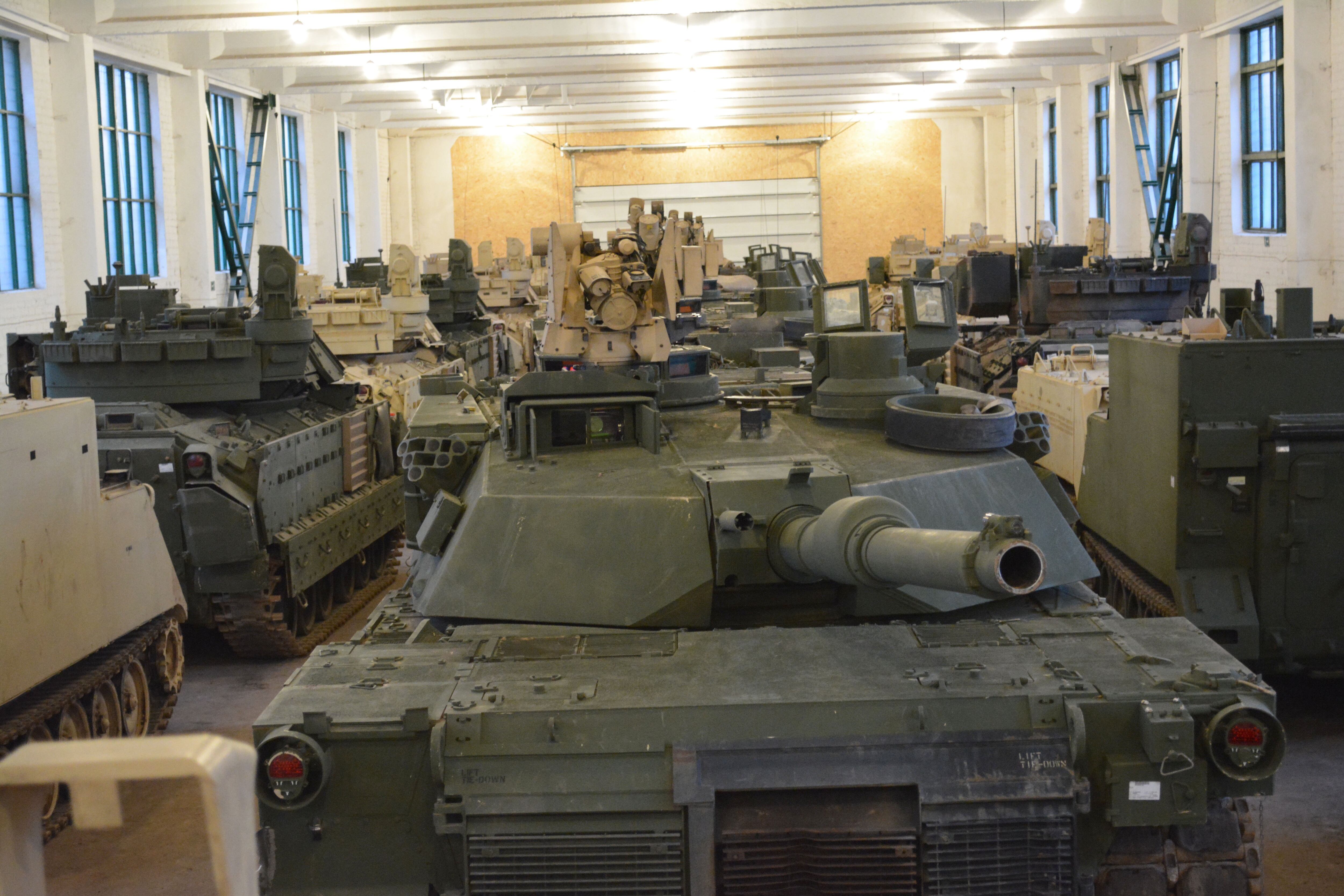WASHINGTON — The U.S. Army wants to expand its pre-positioned equipment in the Indo-Pacific region, Gen. Gus Perna, the head of Army Materiel Command, told reporters during a Feb. 4 Defense Writers Group event in Washington.
While the service believes the Army pre-positioned stock — or APS — is adequate in Europe as it heads into a major division-level exercise there this year, the service is “already working on ways to expand APS out in the Pacific,” he said.
Both the Defender Europe and Defender Pacific series of exercises this year will help determine if the APS stock in each theater is right-sized and correctly based.
RELATED

After his predecessor laid some groundwork, the new U.S. Army Pacific Command chief Gen. Paul LaCamera, who assumed the positioned in November 2019, is working through a strategy, Perna said — “in combination, of course, with support of the [combatant command] commander out there.”
Once the leaders in the Pacific have a plan, they will brief the Army secretary and chief on courses of action and then decide the path forward. Next, Perna said, his command will execute the establishment and expansion of APS in the Pacific as directed.
AMC is also figuring out how to tackle Defender Pacific, which will run at a smaller scale to its companion exercise in Europe, but will expand in fiscal 2021 as the European version scales back.
“Defender Pacific will have added challenges due to the sheer difference in timing and distances, as well as terrain,” Perna told Defense News in December. “We will have to move troops and equipment much farther than in the European theater, which means it will take more time to get there.”
For logisticians and maintainers, that means predicting requirements further into the future, he added.
Additionally, communications will be a challenge with a 14-hour time difference. “The exercise will put to the test our 24-hour operations center and support systems,” he said.
The Pacific also requires different weapon systems and combat enablers in its APS. And unique to the Pacific will be a chance to test the Army’s sealift capabilities as opposed to the rails and roads in Europe.
Perna also stressed one thing neither theater will likely see again any time soon: the “activity sets” the Army experimented with in Europe and South Korea as operations ramped up in both regions.
The service ditched activity sets in 2017, as they were only intended to serve as a bridging strategy where soldiers deployed from the continental United States to a combatant command area of operations, and could then draw the equipment out of storage for training.
“In my opinion, that was an efficiency drill and I was 100 percent against them,” Perna said. “Activity sets and APS are two different things. Army pre-positioned stocks serve a primary purpose to allow the president of the United States to make decisions and us to execute rapidly. And in that light, the equipment will be ready and it will be capable of going out and executing its mission.
When it comes to current APS, “it is ready. Every piece of equipment works,” Perna said.
“We have gone to great length to make sure that a unit can get on a plane and fly over and draw that equipment rapidly. It’s not going to be hindered with bureaucracy, and it’s going to have all of its capability so that it can get to where it needs to be immediately,” he added.
Jen Judson is an award-winning journalist covering land warfare for Defense News. She has also worked for Politico and Inside Defense. She holds a Master of Science degree in journalism from Boston University and a Bachelor of Arts degree from Kenyon College.








